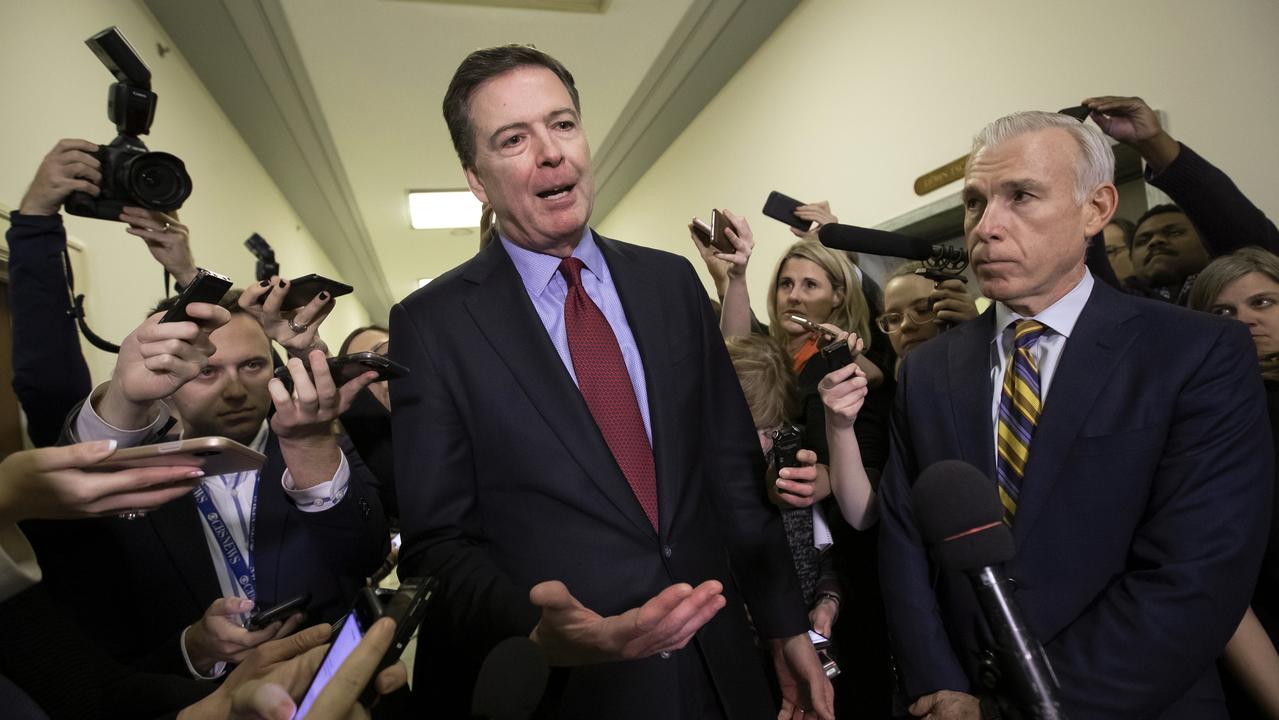Queen Elizabeth II: long to reign over us
Today Queen Elizabeth II becomes our longest reigning monarch, having surpassed that of Queen Victoria.

Today Queen Elizabeth II becomes Britain’s longest reigning monarch, having consolidated — much through her own perseverance and grace — the royal family’s prestige at home and abroad through an epoch of enormous national and personal turmoil.
Her reign surpasses that of her great-great-grandmother Queen Victoria, who gained the record from her grandfather George III, the king who “lost” America.
The next longest reigns were those of James I, Henry III, Edward III and Elizabeth I.
A case could be made that the three most successful monarchs in British history have all been women: Victoria and the two Elizabeths.
Elizabeth I ruled during England’s first truly golden age, that of William Shakespeare and of great expeditionary voyages. Under Victoria, Britain’s power reach its zenith.
But Elizabeth II has reigned as Britain’s empire was blown apart by the “winds of change”, as her kingdom faced a grim civil war in Northern Ireland, while its culture was transformed by immigration and its industrial might contracted — and as it turned towards Europe, as bitterly contested today as ever.
She becomes the longest serving monarch during the 10 centuries through which she can trace her ancestry back, through 40 rulers, to William I, the last conqueror of England, in 1066.
Aged 89, today she enters the 63rd year and 217th day of her reign.
Just a few of those years essentially defined her rule, presenting to the people of her realms, including Australia, an insight into a different, more gracious, if also more reticent, way of life from the dominant modern template.
In 1992, the Queen’s “annus horribilis”, as she described it in a speech at London’s Guildhall, her sons Charles and Andrew separated from their wives, and her daughter, Princess Anne, separated from her husband.
In 1997, the “people’s princess”, Diana Spencer, by then divorced from Prince Charles, was killed in a car crash in Paris, aged 36. The response of British people took even themselves by surprise, with a public outpouring of lamentation as if for their most lovely and most loving daughter.
Pleas mounted for the Queen to join the mourners in public, to demonstrate, through tearfulness, true grieving and empathy. She remained, however, at Balmoral in Scotland, and compounded the “heartlessness” of which she was accused by taking princes William and Harry to church there, a few hours after Prince Charles had broken the news to them of their mother’s death.
Flowers were heaped so high they almost darkened Buckingham Palace. Diana’s brother Charles delivered a bitter eulogy of rebuke to the royal family — personified by the Queen — at the extraordinary, frenetic funeral in Westminster Abbey, where Elton John recast for the princess the song his lyricist Bernie Taupin had earlier written for Marilyn Monroe, Candle in the Wind.
Then prime minister Tony Blair — in scenes re-created by Stephen Frears for the film The Queen starring Helen Mirren — at first urged her to enter the new world of on-air emoting.
He said later about Diana: “We were both, in our own way, manipulators.”
The argument was strongly presented to the Queen that she needed to respond, to change, to save the monarchy from an apparently relentless wave of anger that was compounding the family’s own domestic angst and heartache at the fracturing of so many relationships; external and internal tsunamis were threatening to wash the institution away.
But the Queen remained herself, ultimately winning over Blair and, day by day, her nation as well as the others that she heads.
She will not abdicate in favour of Charles, who is still waiting to inherit aged 66, or even of her more popular grandson William, in the way the monarchs of Belgium, The Netherlands and Spain, and even Pope Benedict XVI, have abdicated in recent years.
On her 21st birthday, in Cape Town, South Africa, in 1947, Elizabeth promised in a radio broadcast that “my whole life, whether it be long or short, shall be devoted to your service and the service of our great imperial family, to which we all belong”.
Just four years later she became Queen when her much loved father, George VI, died aged only 56, having developed lung cancer. He was a heavy smoker, worn down by the stress of leading the nation through war — when he insisted his young family remain in London to share the dangers of their people.
Her father had never expected to rule, of course, but was thrown into office by the abdication of his older brother, Edward VIII.
At the time of her father’s death Elizabeth was married with two children, Charles and Anne, and had a further two, Andrew and Edward, after becoming Queen.
Elizabeth, who was 10 when her father became king, appears to have inherited the longevity genes of her feisty mother, also Elizabeth, who died in 2002 aged 101.
When the young princess said in 1947 that her life would be devoted to service, she was being serious, as she has always been about such commitments and values.
Her grandson William wrote in the preface to a new biography of the Queen by former British foreign secretary Douglas Hurd that “time and again, quietly and modestly, the Queen has shown us all that we can confidently embrace the future without compromising the things that are important”.
The Queen’s qualities, which appeared to be such millstones around the seemingly decrepit monarchy’s neck back in 1997, are those of dignity, loyalty, discretion, faithfulness, good manners, respect for tradition, tact, restraint, decency, sincerity, and uncomplicated Christian belief.
Then, and even more today, the antonyms of all those qualities are more highly celebrated, especially in the social media and the TV programs that revel in public displays of anger, lust, mockery, treachery and bitterness.
But the Queen’s perseverance has won through and won her immense respect, even from people who find her sense of service and constancy, and its source, perplexing and remote.
British historian David Starkey says she has “established a record of unimpeachable integrity”.
Today she is not planning any special event. She is carrying out her regular routine of engagements, opening Borders Railway, which restores railways, via the Waverley Line, to a part of Scotland robbed of trains for 50 years.
In the evening she will host a family dinner at Balmoral, where the guests will include William, his wife Catherine and their children George and Charlotte.
The Queen does not value especially highly her sheer longevity on the throne — especially in the context of her great admiration for Queen Victoria, who reigned alone for 40 years, mostly in scarcely controlled grief following the death of her husband Albert when he was 42. Elizabeth has had the company of her husband, Prince Philip, throughout her reign.
She has devoted considerable energy to re-creating the empire as the egalitarian if sometimes directionless Commonwealth, an organisation of 53 nations to which she remains especially devoted. She remains the head of state of 15 countries apart from Britain — including Canada, Jamaica, Papua New Guinea and New Zealand, as well as Australia.
She has visited Australia 16 times as Queen, most recently in 2011 when, during an 11-day stay, crowds swelled to resemble those of her early tours in the 1950s.
Continuity is inevitably now a feature of such visits — for instance, in 2011 she opened the new Royal Children’s Hospital in Melbourne beside the former hospital that she also had opened, in 1963.
The next major celebration planned for the Queen is a street party for 10,000 people, who will all be seated at one extraordinarily long dining table along the Mall which leads to Buckingham Palace, on her 90th birthday next April.
She has worked alongside 12 British prime ministers, starting with Winston Churchill, who have usually met her for an hour a week, and has contrived to remain apolitical but at the same time internationalist in outlook.
She has visited 116 countries on 265 official visits, including an especially celebrated trip — praised for her bravery in the face of death threats — to Dublin in 2011, the first by a British monarch for a century.
Although the Queen never gives interviews, she reveals something of her priorities, thoughts and even her feelings, in the annual Christmas Day TV broadcasts she inaugurated.
In 2012, her appearance with Daniel Craig, who plays James Bond, in a filmed 007 spoof segment was greeted as a highlight at the opening ceremony of the London Olympic Games.
She has seen the fortunes of the royal family — not only in terms of popularity but also in terms of private coherence — swing back strongly, especially since the marriage of William to Catherine in 2011, which was broadcast live across the world, including to agog audiences in China.
Royal biographer Robert Lacey says: “The monarchy has continued the process of disassociating itself from the social pyramid headed by an aristocracy and is attempting to make itself classless.”
British Prime Minister David Cameron says the Queen’s combination of “tradition and progress … (has) come to define us”.
Recent polling showed only 19 per cent of Britons now want a republic, with the popularity of the royal family at record levels.
The Queen has provided a sense of stability in the lives of nations including Britain and Australia during decades of social change and of dissatisfaction with political leaders; and even a sense of continuity for families including her own, whose turbulence resembles in some ways that of millions of other families.
Prince William wrote recently in that preface: “I am privileged to witness the private side of the Queen, as a grandmother and great-grandmother. Her kindness and sense of humour, her innate sense of calm and perspective, and her love of family and home are all attributes I experience first-hand” — as others do vicariously.
She provided to him, he added, “a model for a life of service to the public”.




To join the conversation, please log in. Don't have an account? Register
Join the conversation, you are commenting as Logout